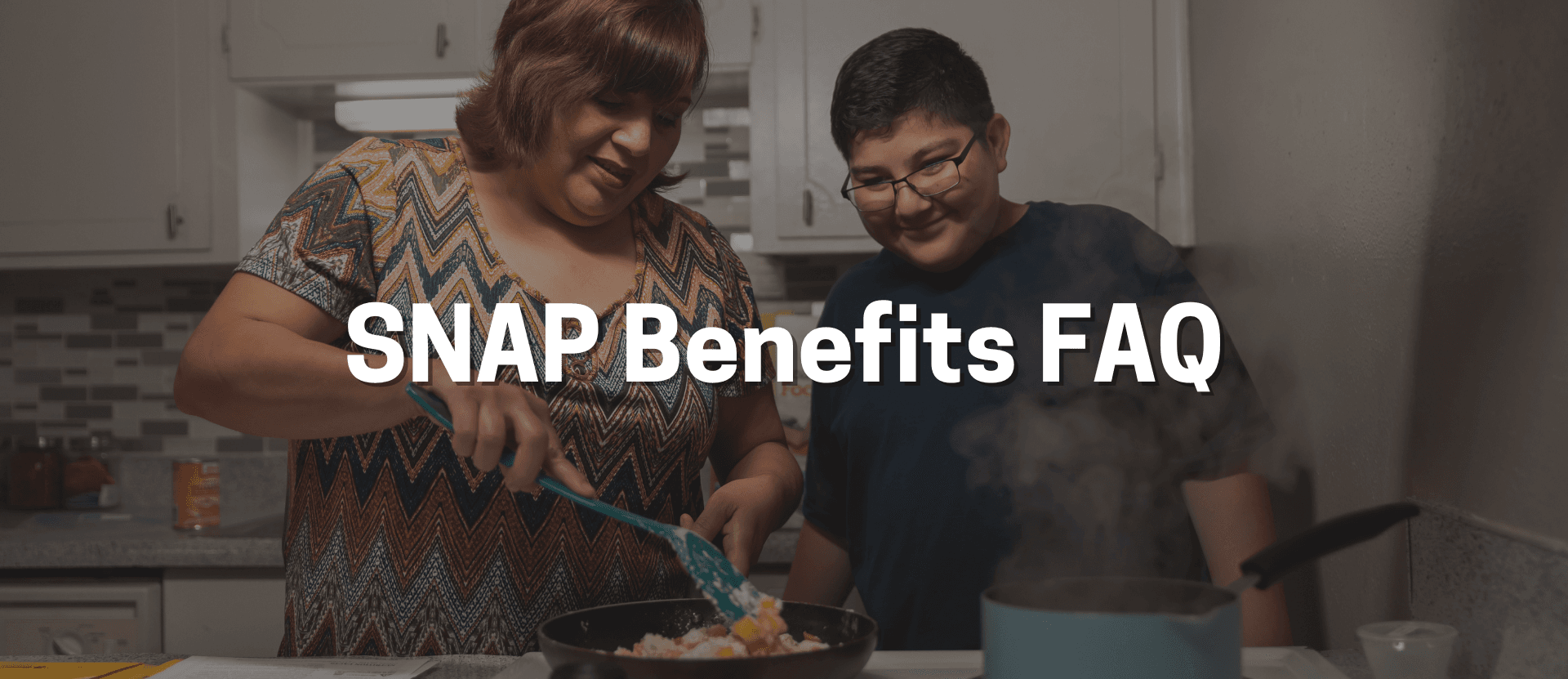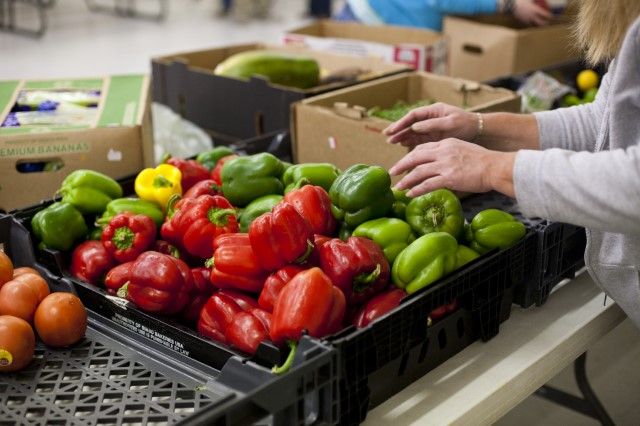
What is SNAP?
The Supplemental Nutrition Assistance Program, better known as SNAP, is a federal program that assists income-qualifying individuals and families by providing money each month for the purchase of groceries and nutritional items.
Do I qualify?
Eligibility is primarily based on household size and income. Certain other rules may apply. Income allowance is higher for households with a member who is 60+, blind, or disabled. The Illinois Department of Human Services website provides guidelines of maximum monthly income allowable.
How do I apply?
You may over the phone by calling (800) 843-6154 or online at http://abe.illinois.gov. The Illinois Department of Human Services website can tell you where to find your local public aid office (please note: local offices typically do not accept phone calls).
How long does it take to get benefits? What’s the process?
Filling out the application takes 30-60 minutes, depending on your family size. Once your application has been submitted, you will receive written notice from the Department of Human Services (DHS) within 14 days which will tell you the date and time of your interview. After your interview, you will get a determination letter (approval or denial) within 30 days. If approved, the Link card comes in the mail. SNAP recipients must fill out a form at least once a year to continue to receive benefits. In some cases of dire need, “expedited” benefits may be issued within 7 days.
What can I buy with SNAP benefits?
SNAP benefits can be used to buy any food or food product for human consumption, and seeds and plants for use in home gardens to produce food. They cannot be used to buy hot/ready-to-eat foods, vitamins or medicines, pet food, any nonfood item, alcoholic beverages, tobacco, household supplies, menstrual products, or diapers.
Doesn’t someone else need SNAP more than I do?
Maybe, but by receiving SNAP benefits you are not taking benefits away from someone else. Eligibility for SNAP is based on household size and income. If you qualify for the benefit, you should not feel uncomfortable accepting it: we all need help from time to time. In Illinois, more than 300,000 people qualify for the program and are not currently enrolled in benefits.
What if I’m not a citizen?
Undocumented residents are not eligible for SNAP benefits. People who have been lawful permanent residents of the United States for five years or more are eligible for SNAP and applying for or receiving SNAP benefits does not affect citizenship or status. Non-citizen adults may apply on behalf of citizen children. Certain other rules apply.
How does the SNAP/food stamp program benefit our community?
Healthy families make healthy communities! SNAP recipients not only have better nutritional and educational outcomes but are better able to pay other bills. SNAP successfully targets our most vulnerable populations: in fact, nearly half of all SNAP participants are children, and 82% of all SNAP benefits go to vulnerable houses that include a child, elderly person, or disabled person. Finally, SNAP dollars go directly into grocery stores, helping local economies by creating demand for jobs and products.
How is SNAP funded?
The federal government pays the full cost of SNAP benefits and splits the cost of administering the program with states which operate the program. Read more about policy basics here.

